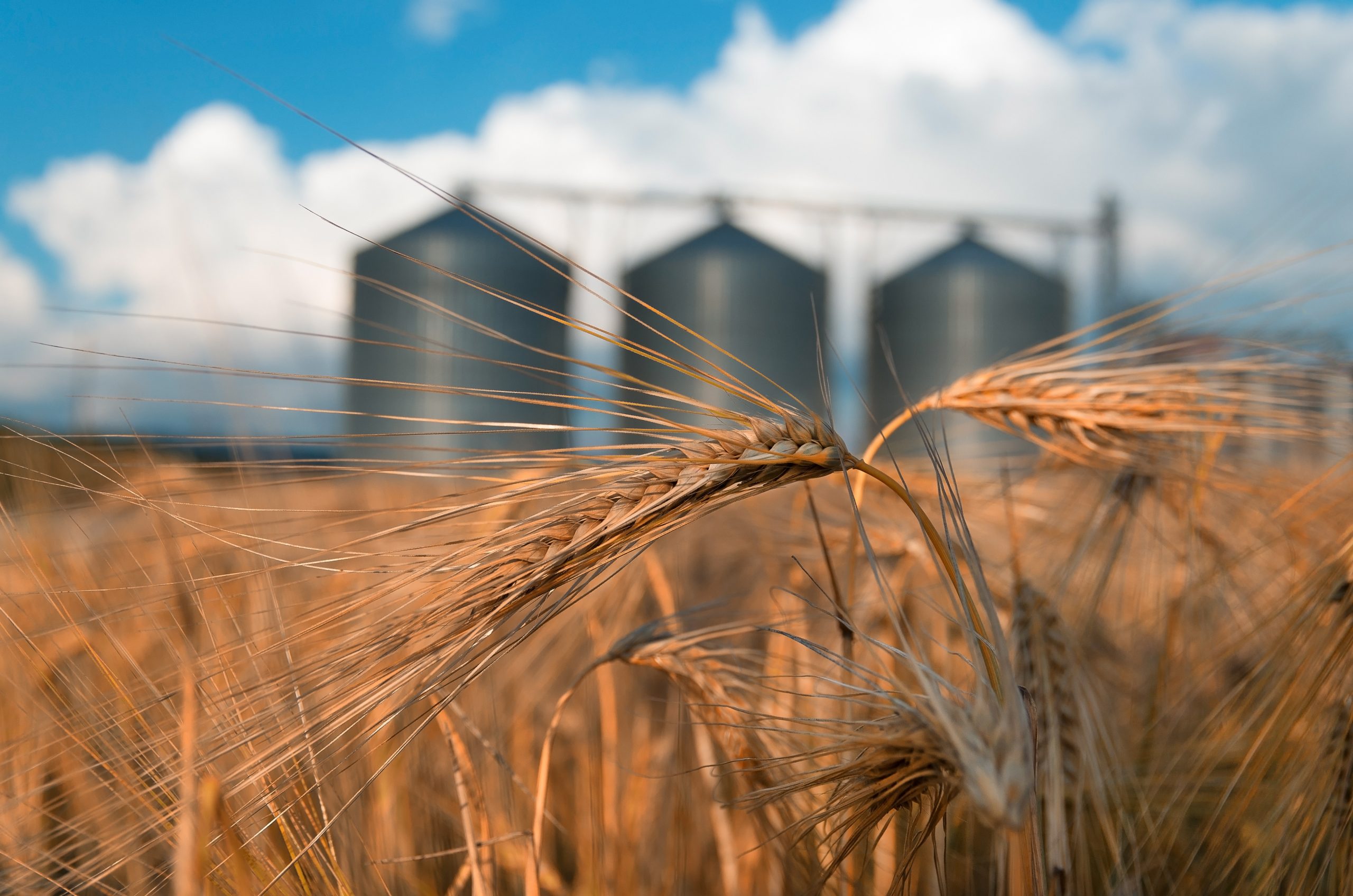How tech is transforming collateral management

Technology is reshaping collateral management, enhancing efficiency, accuracy, reliability and compliance in an increasingly complex regulatory environment. While traditional methods are still the preferred option, emerging technologies have the potential to reshape how collateral managers monitor, measure, and manage commodity storage worldwide. This not only provides greater reassurance, it can also strengthen competitive advantage in a fast-moving market.
Control Union is a leader in this transformation, proactively investing in and integrating emerging technologies into its collateral management services. Understanding the current state of innovation and what the future may hold is key to appreciating the benefits and potential of modern collateral management solutions.
What are the latest technological applications?
Several key technologies are already widely used in real-world collateral management applications. Temperature monitoring systems, such as advanced thermometers in storage areas, for example, now provide real-time temperature readings for sensitive commodities. This is particularly valuable for temperature-sensitive goods like sugar, which require careful climate control to maintain quality throughout storage periods.
One of the most significant advances has been the introduction of LiDAR technology for volume calculations. This sophisticated measurement system captures multiple images simultaneously to calculate cargo volumes with remarkable precision. LiDAR systems deliver faster, more accurate measurements with improved calculation margins, making them particularly valuable for bulk commodity storage scenarios. The technology is a substantial improvement over traditional measurement methods, which are less reliable and significantly more time-consuming.

Drone technology is another exciting development, especially for assets that are hard to monitor or measure. When cargo is stored in large piles that are difficult to access with ground-based LiDAR systems, drones can fly around the storage area to capture the necessary data for reliable volume calculations. This approach is especially useful for outdoor storage yards where traditional measurement methods may be impractical.
Perhaps the most sophisticated technological development involves sensor systems for silos and tanks. The sensors are installed directly inside storage facilities to monitor movement in real-time. When goods are released or moved within the storage area, the system immediately sends notifications to both clients and collateral managers, providing unprecedented visibility into storage activities.
These monitoring systems represent a significant step toward automated oversight, reducing the reliance on manual checks while increasing the speed and accuracy of reporting. The real-time notification capability ensures that all parties are immediately informed of any changes to stored inventory levels.
How do the costs compare to traditional solutions?
The adoption of advanced technologies varies significantly across different regions and economic contexts. In developing markets where collateral management agreements (CMA) are more commonly required due to higher risk profiles, labour costs tend to be lower, making traditional staffing approaches more economically viable than technology-based solutions.
Conversely, in developed markets where stock monitoring agreements (SMA) are more prevalent and labour costs are higher, there is a greater incentive to invest in technological solutions. However, client preferences still play a crucial role in technology adoption. Many clients still prefer the reassurance of familiar (and less expensive) traditional solutions over costlier technological alternatives.
The human-technology balance
Despite technological advances, the industry continues to rely heavily on human oversight. Current monitoring systems, including CCTV installations, still require physical personnel to review and interpret the data. Most systems aren’t yet sophisticated enough to provide automated notifications of significant changes or potential security issues.
For CMA operations, which require 24/7 presence at storage facilities, there’s still a question mark over whether technology could eventually replace human oversight. While automated systems may reduce the need for a constant human presence, periodic physical inspections will likely remain necessary to verify that the technological systems are working properly and to address situations that require human judgment.
Industry evolution
The momentum toward increased technology adoption is clear, but the pace of change is being shaped by economic realities, regional differences, and client preferences. Technological solutions are likely to become more widespread as costs decrease and reliability improves. The goal isn’t necessarily to eliminate human involvement entirely, but rather to enhance efficiency and accuracy while potentially reducing the intensity of human monitoring requirements.
AI applications, while still in their early stages in the sector, are also developing rapidly. Though not yet widely implemented, AI technologies may eventually enhance tasks such as pattern recognition, anomaly detection, and predictive analytics for storage management.
The future is likely to see a hybrid approach, where technology complements rather than replaces human expertise. The key will lie in matching the right technology to specific operational requirements, while maintaining the flexibility to adapt to diverse market conditions and client needs.

Start growing your business. Get in touch!
Find your local partner to help us understand how we can help you.
